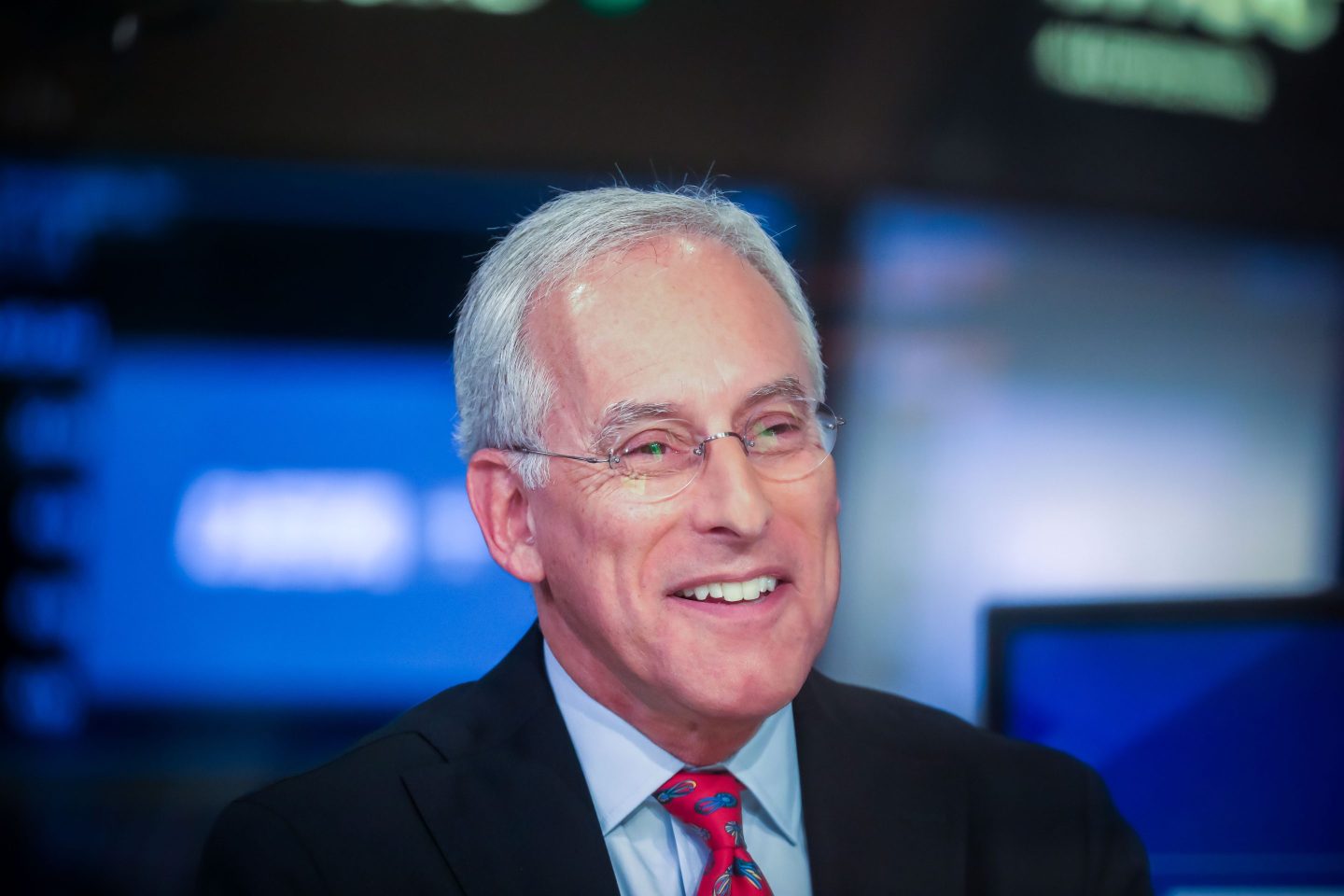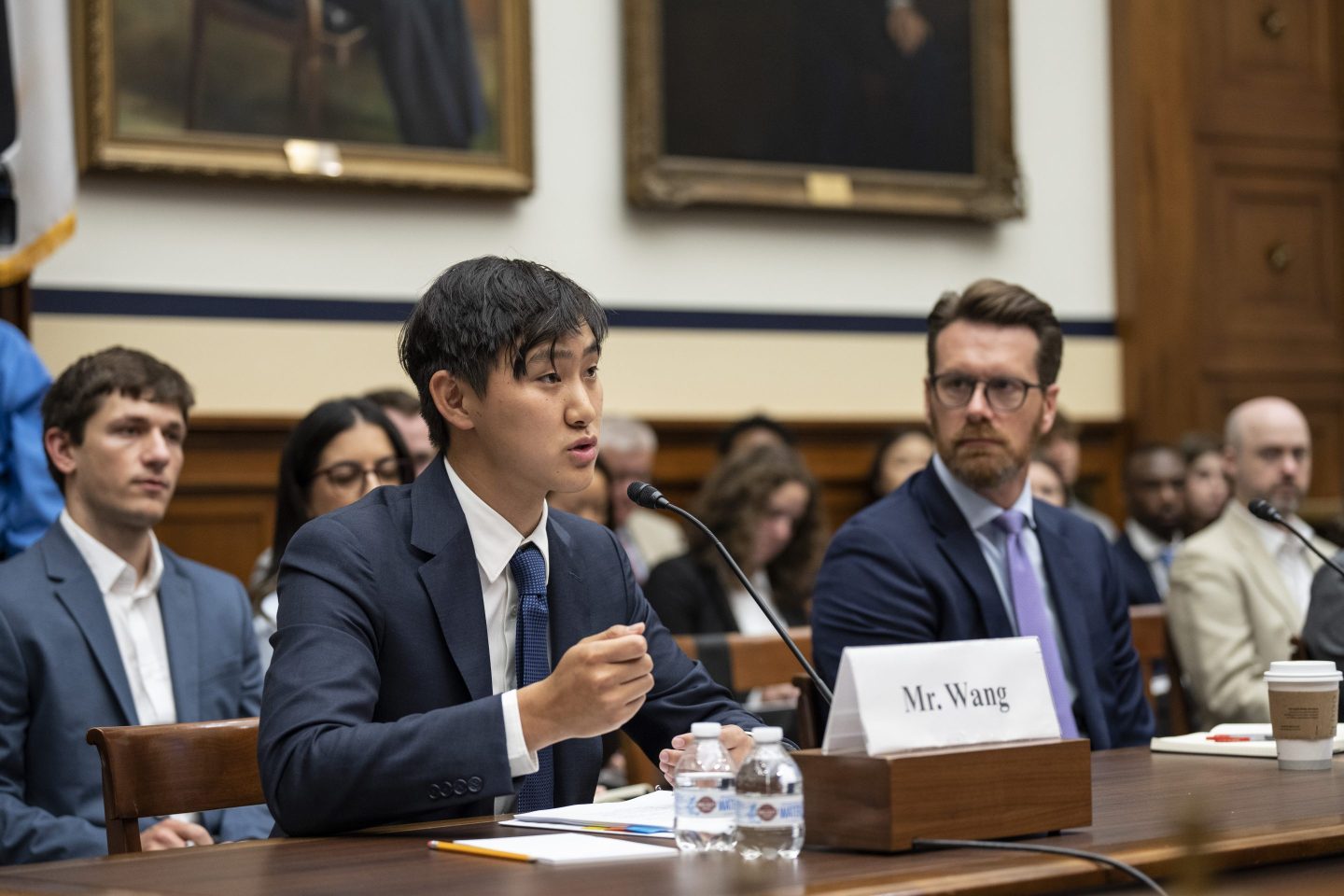He was holding a vape device, not a gun.
Alfred Okwera Olango was shot and killed by police in El Cajon, California two days ago, after a woman who identified herself as his sister called authorities asking for help. He was sick, she said, confused and wandering in traffic. She needed help with and for him. Instead, the police shot him dead. A Facebook live stream of the aftermath is wrenching. The mayor of El Cajon says he has seen cell phone footage of the shooting and that if it was his son, he would be “devastated.” Protests demanding an investigation into the shooting have entered their second day.
Turns out, he was a Ugandan refugee.
These kinds of incidents are happening to an alarming degree, and I won’t tick through a recent list here. But here’s one stat that helps frame the issue: A person with an untreated mental illness is 16 times more likely to be killed by police than other people when stopped by law enforcement, according to a 2015 report by the Treatment Advocacy Center.
Police are increasingly under-resourced, unprepared and under pressure to keep the peace in ways that don’t lend themselves to talking someone down. A seizure looks like resisting arrest. Autism looks like belligerence. And a person having a mental breakdown looks like an imminent threat. But for anyone who is keeping track, the willingness of police to de-escalate and capture white suspects but not black ones feels like a clear sign of bias.
For families of color, the situation is particularly fraught. People don’t realize that there is a large autistic population of color, for example, many of whom are statistically less likely to have access to the kinds of support and services that they need to succeed. And encounters with police tend to end badly, like the autistic teen who was beaten in New York for being “no good,” or the Miami therapist who was shot while trying to explain that his autistic charge was not dangerous.
A recent episode from WNYC’s always excellent Death, Sex and Money podcast offers real hope, and I can’t recommend it highly enough. Guest host Diane Gill Morris is also a black mom with two black, autistic sons, who worries how they will be perceived by law enforcement now that they’re teens. “My fear is always that an officer sees a black man and they will immediately go to the idea of this being a person on drugs versus this being a person with disability.”
She talks with police officer Robert Zink, who founded the St. Paul CARE (Cops Autism Response Education) Project and has had real success training other officers to make sure they understand what they are seeing when they arrive on scene. “Officers may not read the cues of what the person is presenting,” he says. “Officers may view them as cues of, is it drug interaction? Is it a mental health issue? And read those cues wrong….And we go down one path and it gets worse and worse.” Zink is white and has two autistic kids of his own.
But even if this issue is not top of mind for you, the episode is also a master class in how to have a difficult conversation about race. Morris and Zink, two people who appear to be on opposite sides of a great divide, listen attentively to each other while building on their common experience.
You can listen to it here.
NOTE! We’re switching to a new email provider soon. To ensure delivery of this newsletter, please whitelist or add fortune@email.fortune.com to your address book.
On Point
| History repeats itself at Mizzou |
| Earlier this week, a group of students yelled racial insults and slurs at a group of black, female students at the University of Missouri, adding yet another chapter to an emotional tale of race, education and abuse. A fraternity, believed to have played a role in the event, is on emergency suspension. The school has been promising real change after protests about racial incidents last year sparked similar protests at campuses across the country. |
| Columbia Daily Tribune |
| When it comes to life online, be like Beyoncé |
| Tech writer and podcaster Jenna Wortham explores the many traps and stresses of identity on social media, in a world now run by the very companies whose business models depend on us sharing and oversharing in real time. She points to an unlikely expert, Beyoncé, as the perfect role model. Queen Bey never live streams, rarely selfies, and reveals tantalizing little about how and where she lives. “Beyoncé’s feed is the rice cake of celebrity social-media feeds: low in caloric content but mystifyingly satisfying.” |
| New York Times |
| Pepe the Frog is designated a hate meme |
| His creator says he’s just a “chill frog” but the alt-right’s enthusiastic adoption of the green frog has placed it on the Anti-Defamation League's database of hate symbols. It’s a sign of the times: hate speech and imagery is exploding online. "We realize this year that more people are likely to come across hate symbols every day on their phones or online than necessarily in their neighborhood," says the ADL. |
| Mashable |
| The Supreme Court tackles racial bias in jury deliberations |
| The Supreme Court is scheduled to hear a case next month that will determine if racially-charged comments made during jury deliberations are grounds for breaking juror confidentiality. One of the comments in question came from a 2010 sexual assault trial. “I think he did it because he’s Mexican, and Mexican men take whatever they want.” At issue is whether the secrecy of the deliberations process should trump a defendant’s right to an unbiased, impartial jury. |
| Diversity Inc |
| Milwaukee Bucks president gets real about race and the future of Milwaukee |
| In remarks designed to defend the $250 million taxpayer dollars being spent on a development project which will include a new practice facility for the NBA franchise, Bucks president Peter Feigen linked the future of the team to the future of the city. “Very bluntly, Milwaukee is the most segregated, racist place I’ve ever experienced in my life. It just is a place that is antiquated. It is in desperate need of repair and has happened for a long, long time. One of our messages and one of our goals is to lead by example.” |
| Wisconsin State Journal |
The Woke Leader
| Chimamanda Ngozi Adichie doesn’t know what to say about police killings in America |
| The Nigerian immigrant novelist has had great success writing about the often funny ways that race manifests itself in America, both through her books, and in a blog voiced by one of her protagonists called “The Small Redemption of Lagos.” But no more. “I’m so emotionally exhausted by the murders that I don’t think I could find any space to wrap humor around what’s been happening in the past one year, two years.” |
| The Atlantic |
| Essay: Grief, failure and mental illness at Yale |
| Author and advocate Esme Waijung Wang has written a poignant essay about the series of decisions made by psychiatrists which set her up for a spectacular failure. “I was diagnosed with bipolar disorder the summer before I was to begin at Yale,” she begins. “My psychiatrist determined that I would begin treatment once I arrived there — across the country. Alone. 18 years old.” She offers a reverse playbook for administrators on what not to do. |
| Esme Wang |
| What it was like to be a black police officer in the 1970s |
| NPR has put together a truly remarkable series called "Working Then and Now," which airs unheard recordings from the great oral historian Studs Terkel’s interviews of working people. In some cases, producers were able to track down the subject some 40 years later. In this episode, we meet, then and now, Renault Robinson, one of Chicago’s only black police officers in the 1970s. His candid take on police brutality and racism on the streets and on the job is a must listen. |
| NPR |
Quote
|
|---|
| —Serena Williams |












